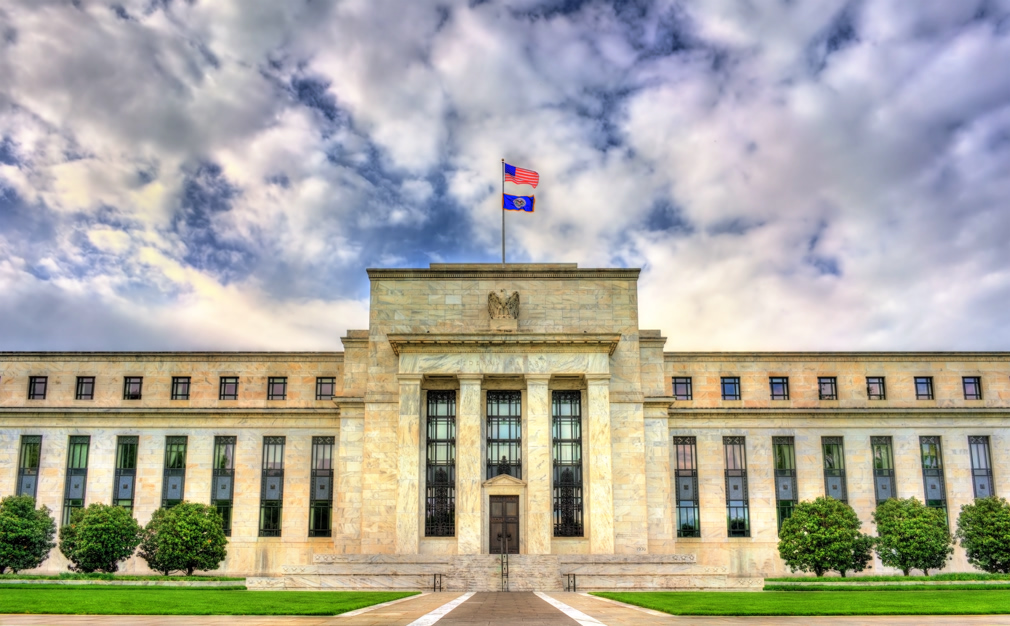Futures traders now see a rate cut as the near-certain outcome of next week’s Federal Reserve meeting as a stagnant manufacturing sector weighs on the economy.
CME’s FedWatch tool on Monday showed a 91% chance of a 25 basis point cut at the October 29 and 30 meeting of the Federal Open Market Committee. Comments from Fed policymakers prior to entering the traditional pre-meeting quiet period indicated a bias toward a third consecutive cut.
“The U.S. economy confronts some evident risks in this the 11th year of economic expansion,” Fed Vice Chairman Richard Clarida said in a speech on Friday. “Business fixed investment has slowed notably since last year, exports are contracting on a year-over-year basis, and indicators of manufacturing activity are weakening.”
Earlier this month, the ISM index showed September’s manufacturing activity at the most depressed level in more than a decade as the U.S.-China trade war weighed on the economy. That conflict between the world’s two largest economies was the overriding concern of Fed policymakers at the September meeting, according to minutes released Oct. 10.
“The ISM manufacturing index plumbed its lowest level since the depths of the recession in 2009, heralding even more contraction in the factory sector,” Wells Fargo said in a note to clients on Monday. “Until trade policy is clarified in a way that has a degree of permanence, it is not clear what would signal to Fed policymakers that business fixed investment spending is set to improve meaningfully.”
Goldman Sachs on Friday credited the Fed’s prior two rate cuts with offsetting the trade war’s drag on the economy and said the central bankers probably have prevented a U.S. recession.
“While trade restrictions have likely tightened financial conditions – with an estimated growth hit of a quarter to a half of a percentage point – the Fed’s turn toward easing has offset this effect so far,” the investment bank said in a note to clients on Sunday.
Clarida’s warning on Friday of “evident risks” serves as the last word from the Fed before next week’s meeting. The central bank imposes a quiet period starting the second Saturday before an FOMC meeting during which officials refrain from commenting on the economy and monetary policy. The Fed refers to it as a “Blackout Period.”







